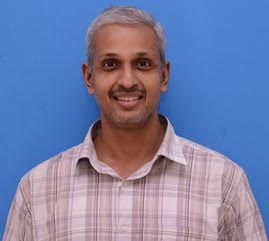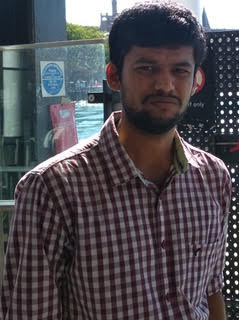
In physics, there are two common approaches to model discontinuous surfaces, especially fractures. These methods include the smeared/diffused crack approaches and the discrete crack methods. In diffused crack approaches, the domain containing the discontinuous surface is treated as a continuum and the discontinuity is represented in terms of the degradation of the stress-strain relations. The discrete models are classified into explicit or implicit models.
Before, usually partition of unity methods (PUM) were used to model discontinuous surfaces. But PUMs pose many challenges such as knowledge of additional functions to model the fracture process, special numerical integration techniques, post-processing techniques, and ad-hoc criteria for crack propagation and the assumption of a pre-existing crack.
Thus nowadays, the diffused model has gained momentum and the phase field method (PFM) is more preferred. PFM is preferred because of factors such as; it can be modelled in a stand-alone variational framework so that nucleation, propagation, branching, coalescence, and even fragmentation can be modelled. Any element can be used without modification in this method. This method also does not require explicit crack geometry, nor does it require tracking its trajectory.
Since its inception, the PFM has been applied to a variety of problems such as, dynamic brittle fracture, fracture in biological tissues, ductile fracture, thermal fracture, fracture of plate and shells, and visco- and hyper- elastic fracture to name a few.
Although the PFM is preferred over discrete approaches, it still has some drawbacks. The PFM requires an extremely fine mesh near the fracture zone to resolve the steep damage gradient. It also needs an efficient solution algorithm to solve the governing coupled differential equations efficiently.
There are many challenges to this problem. Convergence issues, brittleness of materials, post-processing problems are some of the hurdles experienced by researchers.
In this paper, for the first time (as per the authors’ knowledge), the authors, which include Dr. H. Hirshikesh and Dr. A.L.N Pramod, from the Department of Mechanical Engineering, IIT Madras, Prof. Haim Waisman, from the Department of Civil Engineering and Engineering Mechanics, Columbia University, and Dr. S. Natarajan, from the Department of Mechanical Engineering, IIT Madras, have used the stability analysis combined with the PFM to tackle the various issues. The unique advantage of this proposed model is that it is computationally faster and yet very accurate. This is possible because it does not need any post-processing techniques. The adaptive method is efficient, simple, and the computational costs associated with the physics based instability criteria is much smaller than those employed in stress recovery techniques.

Dr. S. Natarajan Prof. Haim Waisman 
Dr. H. Hirshikesh 

Dr. A.L.N. Pramod
Professor Stephane Bordas of the University of Luxembourg praised the efforts of the team by giving the following comments, “The paper that Prof. Natarajan has written is a major advance in computational mechanics, because it tackles a problem which has not been addressed except by his group (to my knowledge). Simulating fracture requires both initiating cracks and propagating them. Most approaches only enable to propagate cracks, not to initiate them. Phase field methods, looked at in this paper, enable initiation of multiple cracks. They also allow merging in a simple way, contrary to approaches where the cracks are explicitly described by the discretisation method. The major drawback of phase field methods is that the cracks need to be artificially densely described by the finite element mesh. The question remaining is: “how fine is fine enough.” No work was known to me before that of Prof. Natarajan on how to answer this question rationally, without recourse to heuristics. This is why this paper is important. It is the basis for making phase fields amenable to 3D multi-crack initiation and propagation problems. I estimate that this paper will be very quickly highly cited and will have large impact.”
Article by Akshay Anantharaman
Here is the original link to the scientific paper:
https://doi.org/10.1016/j.cma.2021.113874









